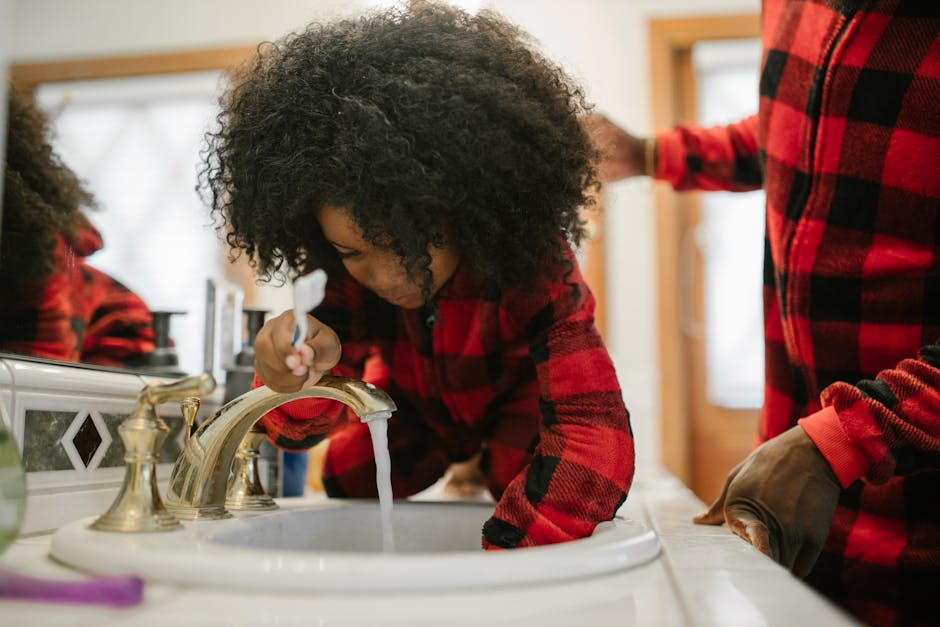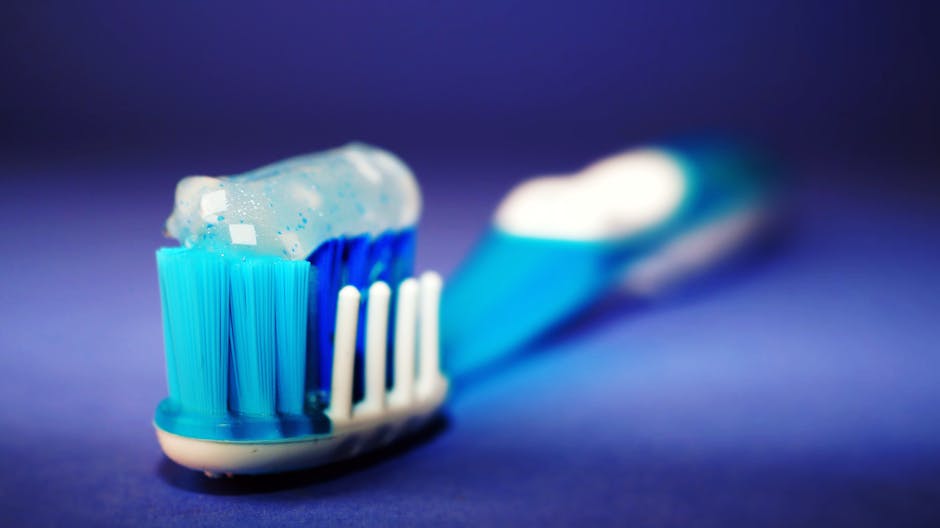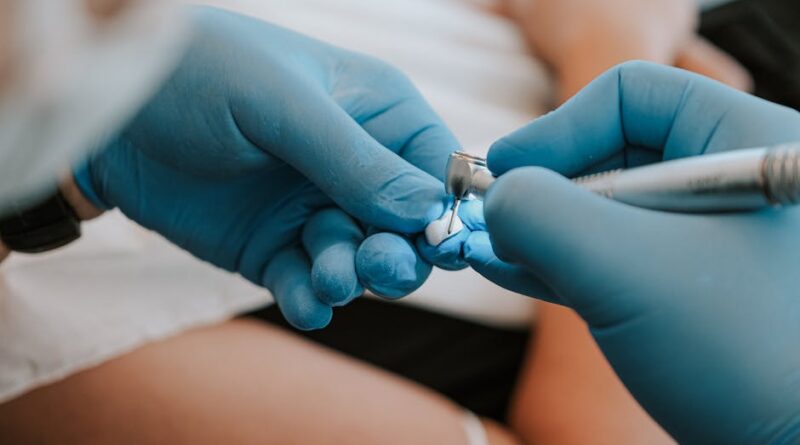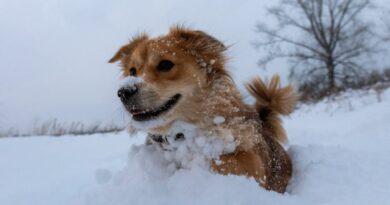How to Brush Your Dogs Teeth
As a responsible pet owner, you want to ensure that your furry friend stays healthy and happy. While many people focus on providing their dogs with a nutritious diet and regular exercise, dental care is often overlooked. Just like humans, dogs can develop dental issues if their teeth are not properly cared for. In this comprehensive guide, we will delve into the importance of brushing your dogs teeth, the benefits it provides, and the step-by-step process to make this task easier for both you and your canine companion.
The Importance of Canine Dental Care

Did you know that by the age of three, most dogs already show signs of periodontal disease? This common dental issue affects not only your dogs teeth but also their overall health. Poor oral hygiene can lead to gum disease, tooth decay, and even heart and kidney problems. By incorporating regular dental care into your dogs routine, you can prevent these issues and ensure their well-being.
Brushing your dogs teeth is a crucial aspect of their dental care regimen. While many pet owners may be hesitant to start this practice, with the right approach and tools, it can become a simple and effective habit. By removing plaque and preventing tartar buildup, you can help your dog maintain healthy teeth and gums for years to come.
Understanding Your Dogs Dental Anatomy

Before you begin brushing your dogs teeth, it is important to familiarize yourself with their dental anatomy. Dogs have 42 teeth, including incisors, canines, premolars, and molars. Their teeth are designed for tearing and chewing, reflecting their natural diet as carnivorous animals. Understanding the placement and function of each type of tooth will help you target specific areas during brushing.
Its also essential to recognize the signs of dental problems in dogs, such as bad breath, swollen or bleeding gums, yellow or brown buildup on their teeth, and reluctance to eat hard food. If you notice any of these symptoms, consult your veterinarian for a dental check-up and further guidance.
Choosing the Right Toothbrush and Toothpaste

When it comes to brushing your dogs teeth, selecting the appropriate tools is key to a successful experience. While you may be tempted to use a human toothbrush and toothpaste, its essential to opt for products specifically designed for dogs. Human toothpaste can be harmful if ingested by dogs, as it contains ingredients that are toxic to them.
For toothbrushes, you can choose between traditional toothbrushes, finger brushes, or even rubber brushes that fit over your finger. The size of the toothbrush should be suitable for your dogs mouth, making it easier to reach all teeth surfaces. Additionally, canine toothpaste comes in flavors like chicken or beef, making it more appealing to your dog and encouraging them to cooperate during brushing.
Introducing Your Dog to Toothbrushing

Before you start brushing your dogs teeth, its essential to introduce them to the process gradually. This will help them feel more comfortable and reduce any anxiety they may have about toothbrushing. Begin by letting your dog sniff and lick the toothbrush and toothpaste to familiarize themselves with the taste and texture.
Next, gently rub your dogs teeth and gums with your finger to simulate brushing. This will help them get used to the sensation and prepare them for the actual brushing process. Positive reinforcement, such as praise and treats, can also motivate your dog and create a positive association with toothbrushing.
The Brushing Technique
When you feel that your dog is ready, you can proceed with the actual brushing technique. Here is a step-by-step guide to help you brush your dogs teeth effectively:
- Start by lifting your dogs lips to expose their teeth and gums.
- Hold the toothbrush at a 45-degree angle to the teeth and brush in gentle, circular motions.
- Focus on the outer surfaces of the teeth, where plaque tends to accumulate.
- Pay special attention to the back teeth, as they are more prone to tartar buildup.
- Brush for about 30 seconds on each side of your dogs mouth, gradually increasing the duration as they become more accustomed to the process.
Its important to be patient and calm during the brushing session. If your dog shows signs of distress or discomfort, take a break and try again later. Consistency is key to successful toothbrushing, so aim to brush your dogs teeth at least 2-3 times a week to maintain oral health.
Common Misconceptions About Dog Toothbrushing
There are several misconceptions surrounding the practice of brushing your dogs teeth. One common myth is that dry food or dental chews can replace toothbrushing. While these products can help remove plaque and tartar to some extent, they are not a substitute for regular brushing. Another misconception is that only small dogs require toothbrushing, as larger breeds may also develop dental issues if their teeth are not cared for properly.
By debunking these myths and emphasizing the importance of toothbrushing, you can ensure that your dog receives the necessary dental care for a healthy smile.
FAQs About Dog Toothbrushing
1. How often should I brush my dogs teeth?
It is recommended to brush your dogs teeth at least 2-3 times a week to maintain oral hygiene. However, daily brushing is ideal if your dog is prone to dental issues.
2. Can I use human toothpaste for my dog?
No, human toothpaste can be harmful to dogs if ingested. Always use toothpaste specifically formulated for canines.
3. My dog refuses to let me brush their teeth. What should I do?
If your dog is unwilling to cooperate, start by introducing them to the toothbrush and toothpaste gradually. Use positive reinforcement and be patient during the process.
Conclusion
To wrap things up, brushing your dogs teeth is a vital aspect of their overall health and well-being. By incorporating this simple practice into your dogs routine, you can prevent dental issues, promote good oral hygiene, and strengthen your bond with your furry friend. Remember to choose the right toothbrush and toothpaste, introduce your dog to toothbrushing gradually, and maintain a consistent brushing schedule. Your dog will thank you with a bright smile and fresh breath!




